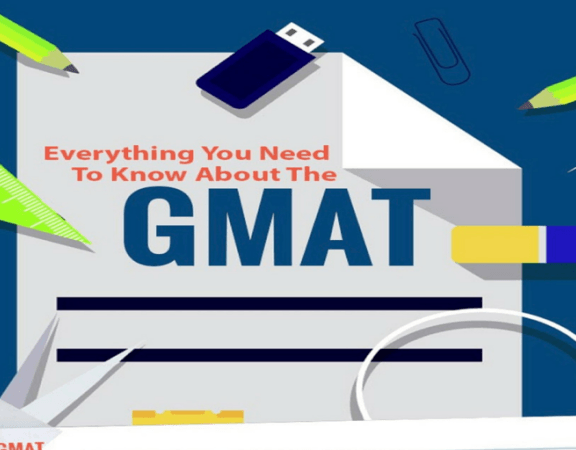Experts Explain: A Classic GMAT Problem Solving Question
When Being Well-Read Can Hurt You on Reading Comprehension Questions
March 31, 2022The Best Speciality MBA Programs in the U.S.
April 16, 2022Experts Explain: A Classic GMAT Problem Solving Question
Want to learn how the best GMAT takers solve GMAT questions? In our Experts Explain series, tutors from Prep4GMAT’s tutor marketplace show you how to tackle GMAT questions like a pro.
Today, John Easter, a tutor with 15 years of test prep experience and a 99th percentile score on the GMAT breaks down a standard problem solving question. John has helped many students push past the 700 mark or improve in one part of the test to boost their overall boost. Many of his students have gone on to Northwestern or Booth for their MBAs. Check him out on the app or on his website.
Here’s a GMAT classic!
For how many positive integer values of is a factor of ?
(A) 11
(B) 12
(C) 13
(D) 14
(E) 15
Spoiler Alert! Try solving this question first before reading on.
…Okay, finished? Scroll to the bottom of the post to see the correct answer and check out the explanations below.
Translation
Obviously, and are factors of . We need to know the largest such that is a factor of . It should be clear that we can’t just start dividing by larger and larger powers of 5 until we get a non-zero remainder. Factorials get REALLY big REALLY fast! For example,
has more than 60 digits!
Good Enough
This problem isn’t going down to a frontal assault, so we need to find a back door. Another way to think about the question would be “how many fives are in the prime factorization 50 factorial?” Listing the prime factors of the integers between 1 and 50 and checking for numbers with factors of 5 is impractical, but multiples of 5 are easy to pick out, and since there are only 10 multiples of 5 between 1 and 50 listing the multiples of 5 isn’t impractical at all.
| Multiples of 5 | Number of 5s in Prime Factorization | Total number of 5s |
| 5 | 1 | 1 |
| 10 | 1 | 2 |
| 15 | 1 | 3 |
| 20 | 1 | 4 |
| 25 | 2 | 6 |
| 30 | 1 | 7 |
| 35 | 1 | 8 |
| 40 | 1 | 9 |
| 45 | 1 | 10 |
| 50 | 2 | 12 |
You have to watch out for factors of 25, but other than that it’s relatively simple and efficient – maybe not 2-minute efficient, but time management is about management, not a set limit for each problem.
800
The ten multiples of 5 between 1 and 50 get us 10 factors of 5. However there are other fives hidden in multiples of 25. There are two multiples of 25 between 1 and 50 so we have to count two more fives. Because we are only going up to 50!, this isn’t much quicker than the first method. But if we had a larger factorial, we could start counting 125’s, then 625’s, and so on, allowing us to count much more efficiently than we could with a table or list.
Using this solution on this problem is a bit like using an RPG to kill a large mosquito However, this method is the way to go when confronted with some larger flying pest/predator… maybe a pterodactyl? Anyway, what if the test writers asked you to find the number of positive integer values of such that is a factor of ? I’ll let you try this one yourself. Watch out for hidden fives! Hopefully, you’ll find 249 5’s.
The correct answer is (B)




